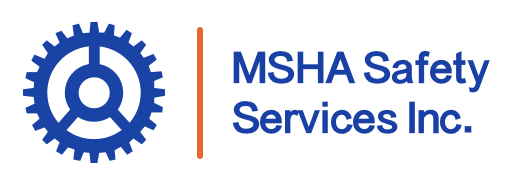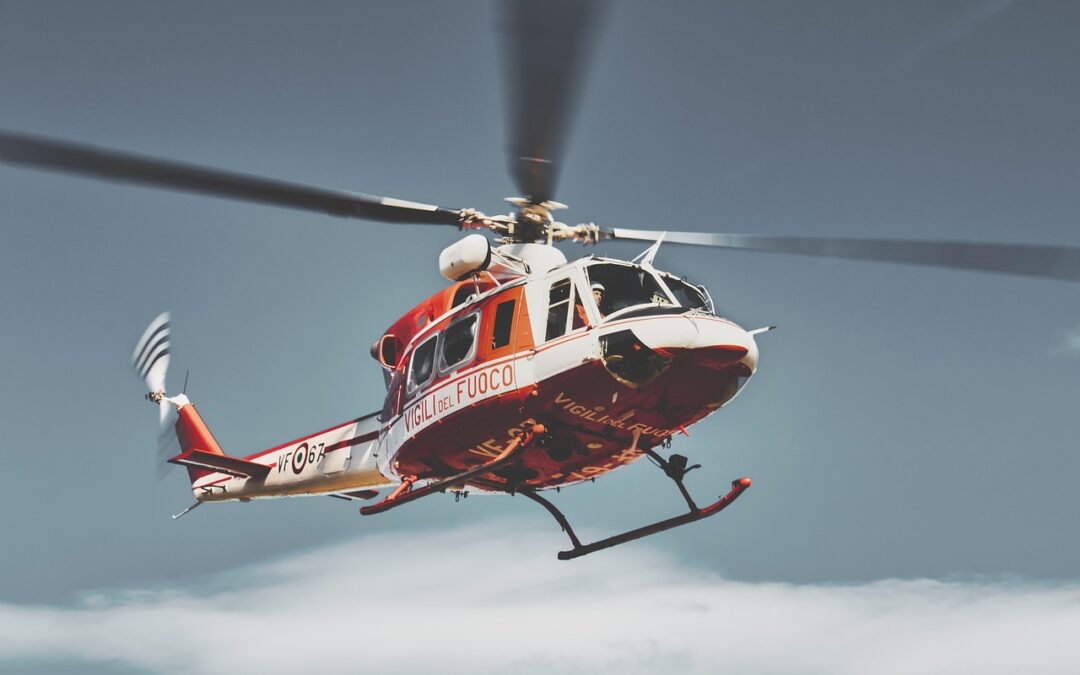Mining comes with its fair share of risks that can affect workers’ safety and well-being. By following the right safety standards and regulations, mining companies can create a safer work environment while improving productivity. This guide looks at the key safety rules, essential protective gear, and best practices for maintaining compliance in both surface and underground mining operations.
Safety Regulations in Surface and Underground Mining
Mining safety rules differ depending on the location and type of mining being done. Governments and industry groups put strict guidelines in place to keep workers safe. Following regulations like those set by the Mine Safety and Health Administration (MSHA) is crucial to reducing risks and ensuring the operation runs smoothly.
Surface Mining vs. Underground Mining: Key Safety Differences
Both surface and underground mining share some common safety standards, but underground mining involves unique dangers, such as cave-ins, gas exposure, and ventilation issues. On the other hand, surface mining brings risks related to heavy machinery, falling rocks, and dust exposure.
Protective Gear for Mining Workers
To protect themselves from workplace hazards, miners rely on specialized safety gear. Some of the must-have equipment includes:
- Helmets with lights for better visibility
- Respirators to guard against dust and gas
- Reflective clothing to make miners visible
- Steel-toe boots to protect their feet
- Gloves and eye protection to prevent injuries
Ventilation and Its Role in Underground Mine Safety
Ventilation plays a crucial role in maintaining a safe environment in underground mines. In these confined spaces, air quality can quickly deteriorate due to the presence of dust, fumes, and harmful gases like methane, carbon monoxide, and radon. Without proper ventilation, these gases can accumulate to dangerous levels, posing serious health risks to miners and even creating the potential for explosions or fires. A well-designed ventilation system ensures a continuous flow of fresh air into the mine while effectively removing toxic substances from the air. It also helps regulate temperature and humidity levels, making the environment more comfortable and reducing the risk of heat stress.
Preventing Common Mining Accidents
Many mining accidents happen because of equipment failure, mishandling of explosives, or lack of training. To prevent these, it’s important to:
- Regularly inspect equipment
- Run thorough safety training programs
- Have clear emergency evacuation plans
- Keep communication systems up and running
How Safety Regulations Impact Worker Health
Strict safety regulations help cut down on injuries and long-term health problems. When workers follow health guidelines, they get access to the proper medical care, training, and protective gear they need, which leads to better overall health.
Training and Certification for Mining Workers
Mining professionals need the right training and certification to stay safe. These training programs cover crucial topics like hazard awareness, emergency procedures, and safe operation of equipment. Workers must also take refresher courses regularly to stay up to date on the latest safety practices. If you are unsure what training program would be the best for your employees, please visit MSHA Safety Services website.
Emergency Response Plans in Mining Operations
Every mining operation needs a solid emergency plan in case of an accident. This plan should include:
- Clearly marked escape routes
- Rescue teams that are trained and ready
- On-site first aid stations
- Communication protocols for emergencies
Advances in Mining Safety Technology
New technology is making mining safer for workers. Some of the latest innovations include:
- Automated machinery that reduces workers’ exposure to dangerous situations
- Wearable safety devices that track miners’ health
- AI-powered systems for detecting potential hazards
- Remote-controlled vehicles for performing risky tasks
How to Stay Compliant with Mining Safety Standards
To stay compliant with mining safety standards, mining companies should:
- Conduct regular safety audits
- Follow OSHA and MSHA regulations
- Implement strong safety policies in the workplace
- Perform routine risk assessments

The Importance of Regular Safety Audits
Frequent safety audits are essential to identify potential hazards and ensure that safety rules are being followed. Regular checks help prevent accidents and create a safety-conscious work environment.
Creating a Safer, Healthier Mining Environment
Maintaining strong safety standards is essential for protecting miners and keeping operations running smoothly. By focusing on safety regulations, proper protective gear, and ongoing training, mining companies can minimize risks and create a safer work environment. A safety-first approach not only prevents accidents but also boosts morale, productivity, and efficiency, as workers feel secure in their roles.
Ultimately, investing in safety is a smart move for the long-term success of any mining operation. It helps avoid costly accidents, builds a solid reputation, and fosters a culture of responsibility. When companies prioritize safety, they protect their workers, improve performance, and contribute to a more sustainable future for the mining industry.

